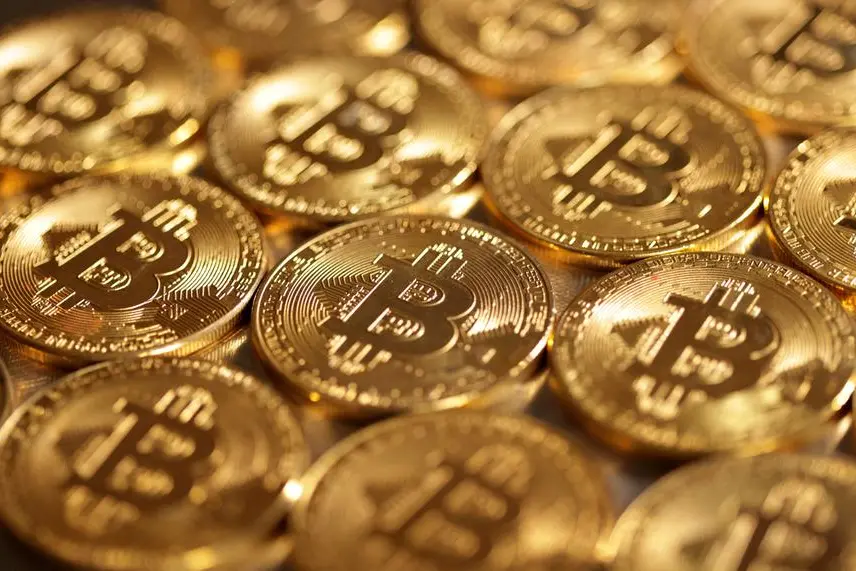PHOTO
The current surge in the trading volume of Bitcoin, the world's largest cryptocurrency by market capitalization, has led many investors and traders to speculate where its price is headed and what the future holds for this highly volatile asset.
With more than $30 billion worth of Bitcoin traded daily, its value has been soaring lately from yearly lows at around $16,400. Analysts said the cryptocurrency has been trending to the upside on favourable macroeconomic winds, but uncertainty remains and could hinder any bullish momentum.
On Tuesday, it rose above $23,000 after Federal Reserve Chair Jerome Powell addressed an economics forum in Washington, D.C., saying that inflation is coming down.
Bitcoin added 1.0 per cent to $23,236.80, according to Coin Metrics. Ether rose 1.3 per cent to $1,667.63. Bitcoin struggled to hold the $23,000 level on Monday after dipping below that mark over the weekend.
Powell said in a question-and-answer session at the Economic Club of Washington, D.C. that although the process of getting inflation down has started, it has a long way to go and that these are “the very early stages.”
“We expect 2023 to be a year of significant declines in inflation. It’s actually our job to make sure that that’s the case,” he said. “My guess is it will take certainly into not just this year, but next year to get down close to 2.0 per cent.”
Jehanzeb Awan, chairman of the Middle East, Africa & Asia Crypto & Blockchain Association (MEAACBA), said in November last year market analysts were talking about the crypto-winter.
“This January we may have seen a bitcoin spring, but we all know that there are a lot of seasons crypto and blockchain have to go through.”
“We have just seen the best January for ten years in the short history of cryptocurrencies, with the value of Bitcoin increasing by 40 per cent, but this comes following the 60 per cent loss triggered by the collapse of FTX in November,” said Awan.
He said the cryptocurrency and blockchain ecosystem is still in its infancy, which is the main reason it remains volatile.
“Anyone who participates in the markets needs to understand the potential risks and doesn’t just look for rewards, so education is vital.”
“Each time we have a downturn in the market we hear that this will be the death of the sector. However, these views don’t look at the depth of the blockchain ecosystem, from NFTs through to Web3. It is a complex and innovative technology that is resilient and starting to become part of everyone’s lives,” said Awan.
Crypto and blockchain have always been positioned as decentralised, with no one person or company in control or exerting influence over others. The collapse of FTX showed that this is no longer true. There are connections across the whole ecosystem and interconnections with traditional ‘centralised’ financial services, Awan said.
He stressed the need to move forward on regulations and provide fit-for-purpose guidance and protection for all market participants.
“The sector is exciting and dynamic and will present many opportunities, especially in countries like the UAE which have the foresight to embrace the technology.”
A new survey by JPMorgan Chase shows that 72 per cent of institutional traders have no plans to trade crypto” while 14 per cent plan to trade cryptocurrencies within five years. Institutional traders also expect “recession risk” to have the biggest impact on markets in 2023.
Copyright © 2022 Khaleej Times. All Rights Reserved. Provided by SyndiGate Media Inc. (Syndigate.info).





















